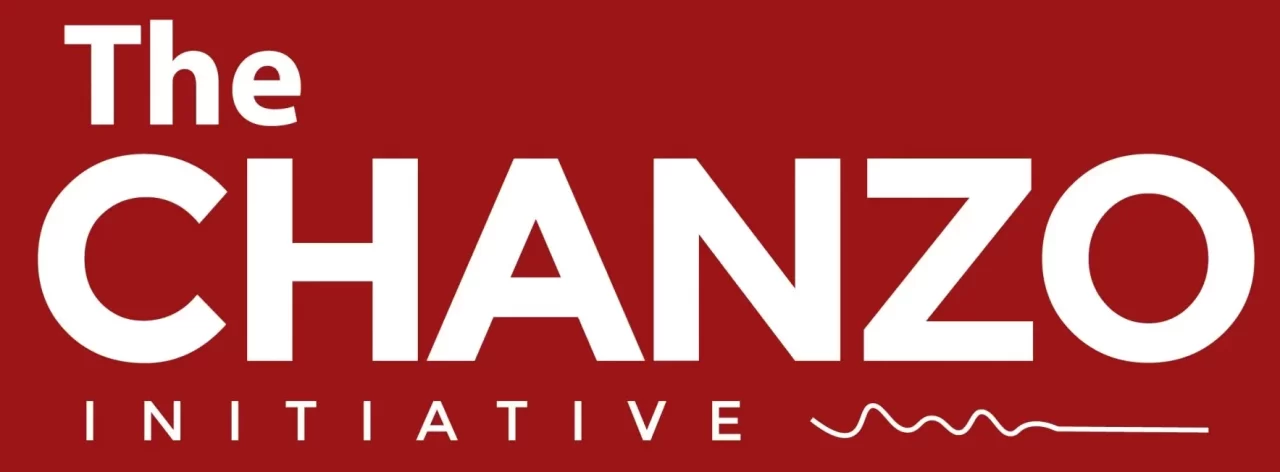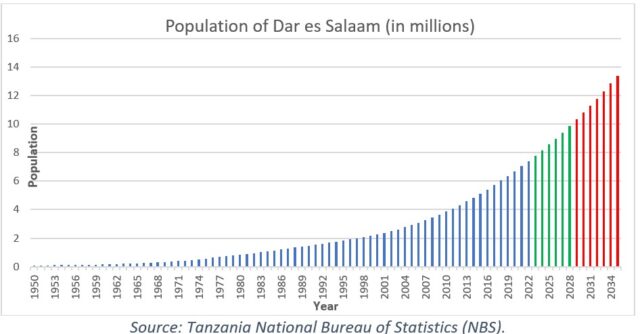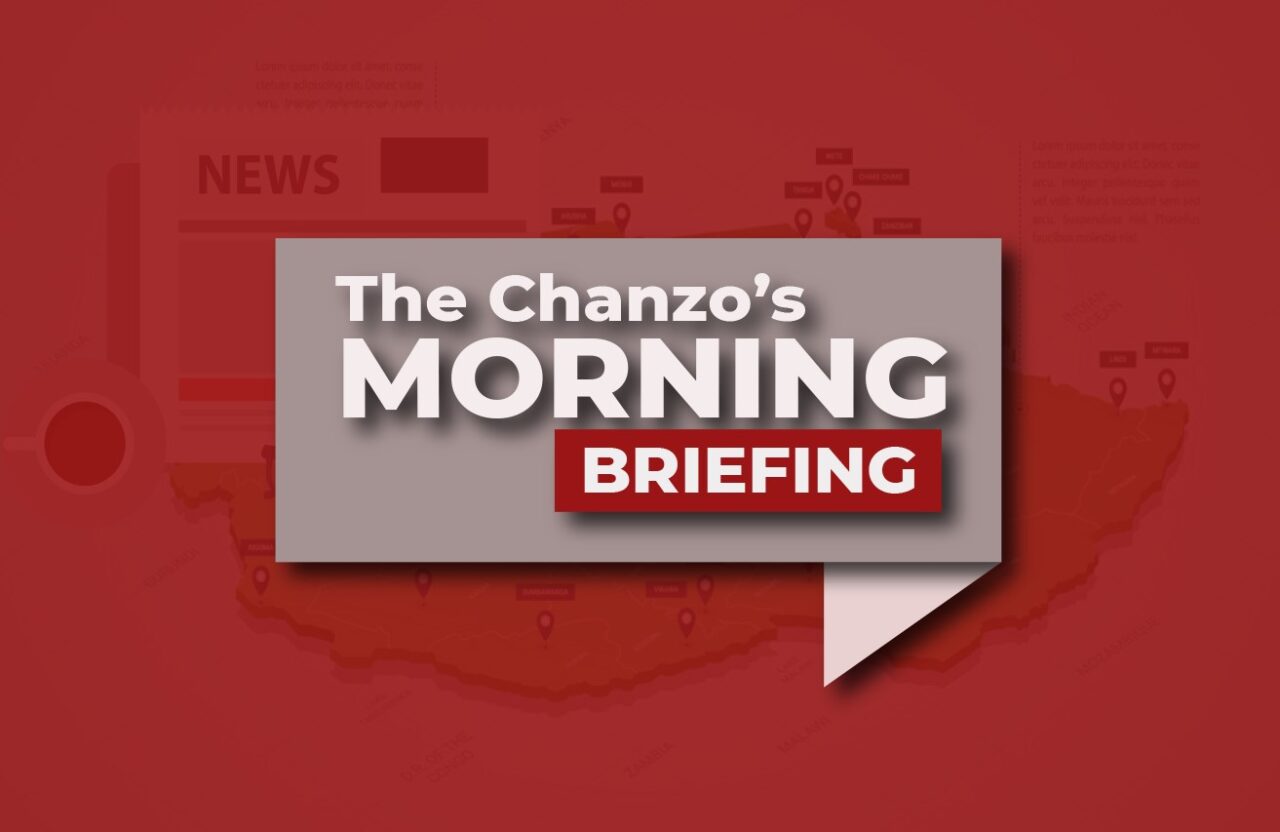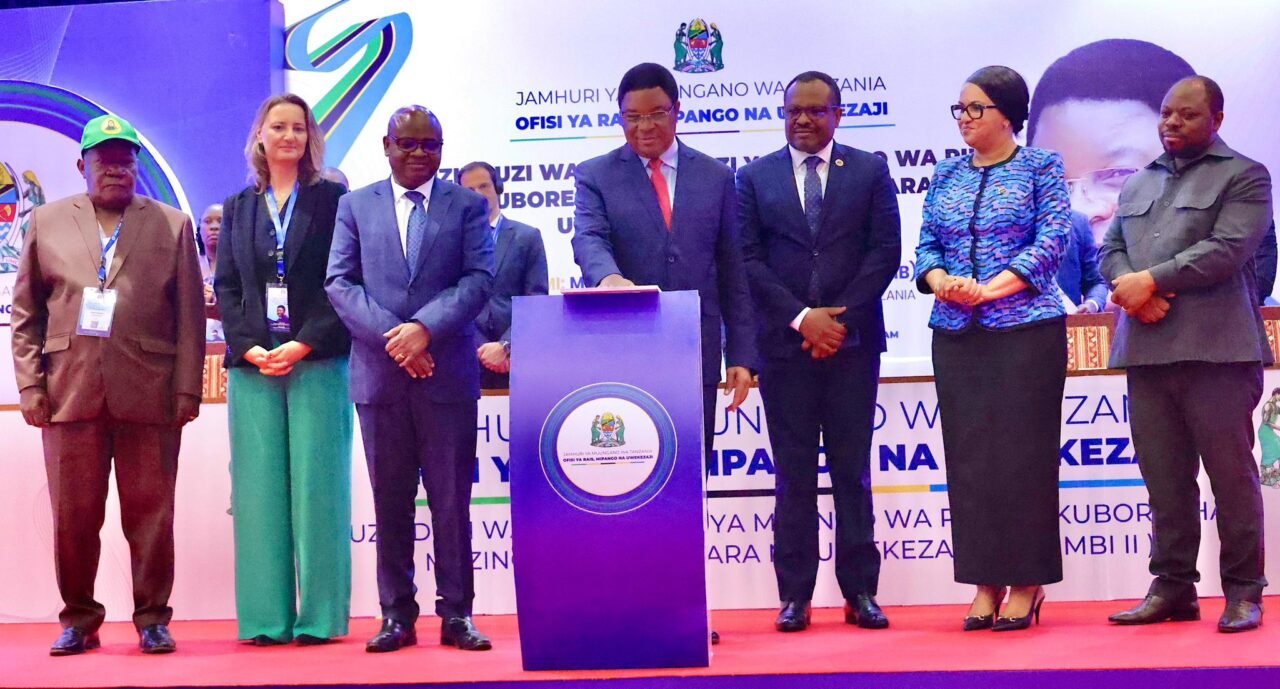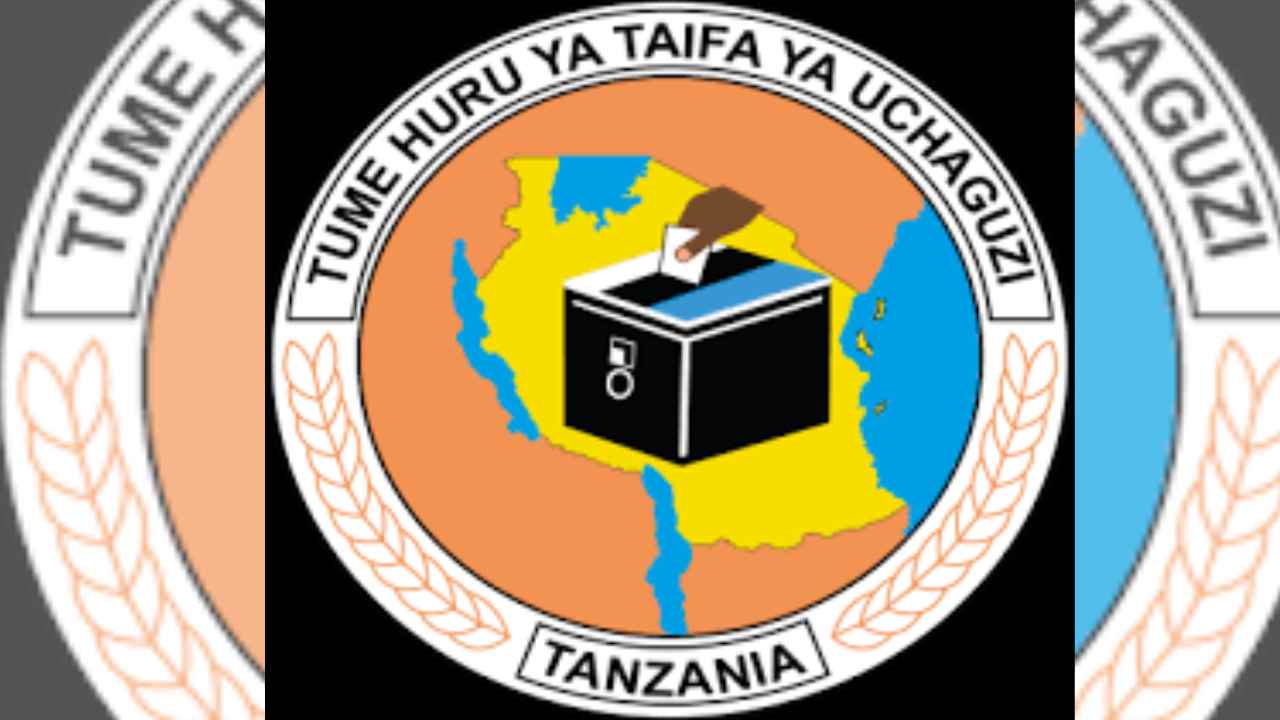According to a report by the Institute for Economics & Peace, in less than 30 years from today, Dar es Salaam is expected to be among about six African megacities alongside Lagos, Cairo, Kinshasa, and others. With a population of more than five million residents at the moment, the population of the Tanzanian commercial hub has grown by a staggering 23 per cent since 2012.
The United Nations defines a megacity as a very large city, typically with more than 10 million people. The World Economic Forum (WEF) lists five major challenges facing future cities: environmental threats; resources; inequality; technology; and governance.
As Dar heads into a megacity status, we must ask ourselves if proper measures are being taken to prepare for a successful transformation, especially given existing plans to make the city a 24-hour business area.
It is easy for the city to grow in population, but not so in infrastructure and services. Among the significant challenges facing the city of Dar es Salaam is congestion, which is increasing despite several infrastructural improvements in the road systems.
Data from the World Bank show that Tanzania’s population was at just 10 million at independence. Sixty years later, it’s at 61.7 million. So while it is true that we inherited this country from our colonial masters, it is not true that the colonisers should take credit for every failure in our systems today.
We may have yet to set up systems for the current population at independence. Still, we are fully responsible for how our systems look in 60 years. We are creating a catastrophe if we decide not to plan for the schools and roads that will serve more than 100 million people in less than 30 years from now.
Tanzania’s population is estimated to grow to about 130 million by 2050 and close to 200 million by the end of the century. So Dar es Salaam will host more than 10 million residents by 2030. That’s eight years from now. Scary, right?
How many daladalas will we add to the city’s 2,094.4 km road network to serve a more than 10 million city population whose 70 per cent of land is unplanned?
All in less than eight years!
How much wider should the highways be? Do we even have space for wider roads? How many buildings will we demolish for more Bus Rapid Transits (BRTs)? How much of the current infrastructure needs to be restructured?
These would have been better questions if, and only if, we knew how relevant are the current systems for future needs and how efficient we are in managing these systems.
READ MORE: Report: Tanzania Has the Largest Number of Electric Vehicles in East Africa
We seem more ‘reactive’ than ‘proactive’ in solving most challenges. However, challenges resulting from population growth cannot be solved reactively. We need to think and act ahead of the overflowing population size, especially in our cities.
City residents have resorted to two- and three-wheelers, famously known as bodaboda and bajaj, respectively. However, most city places still rely on the old means of transport, the daladala. This is despite the existence of the BRTs system and the Dar es Salaam commuter train, commonly known as Treni ya Mwakyembe.
Futuristic plans
However, all these means of transportation do not have any sense of a futuristic plan regarding how prepared they are to serve the future population.
Also, there needs to be integration among these means. Only a fraction of the transport service system is linked to the payment and financial systems. The imported innovations “Bolt and Uber” link their services to Google Maps and banking online/mobile payments systems.
We have seen other cities transform into futuristic communities of sophisticated and interconnected sectorial systems that foster economic growth for their residents.
Singapore and Hongkong have shown the world how futuristic transport systems can be implemented. While other countries invest in more sophisticated solutions such as the hyperloop, we should start by making our existing systems more efficient operationally and quality-wise.
Dar has a road network of 2094.4 kilometres, with only 25 per cent of the tarmac. Data shows that only six per cent of Tanzanian households own a car; urban households own more cars at nine per cent compared to four per cent ownership by rural households.
READ MORE: Getting Ahead or Getting Exploited?: Here Is How We Can Make Bodaboda, Bajaj Driving in Dar Better
In 2012, Dar residents purchased cars at an alarming rate of one in four, with one million vehicles registered to the then city’s four million population.
Assuming the same ownership rate by 2030, more than 2.5 million people will own a car. That’s a handsomely large number of cars to be added to a city with a road network of 2,094.4 kilometres.
The Toyota IST analogy
A Toyota IST is about 3.93 meters in length. Therefore, 2.5 million ISTs can queue about 9.8 thousand kilometres.
That’s equivalent to a road distance between Cape Town and Cairo. So even at nine per cent of car ownership, the city road network would need an additional 1,500 kilometres to hold a single IST queue of ISTs.
That is equivalent to a road distance between Dar and Mtukula in Kagera.
Here is what it would look like if 25 per cent of a 10 million population lined up their Toyota ISTs from Masasi – Mtwara:
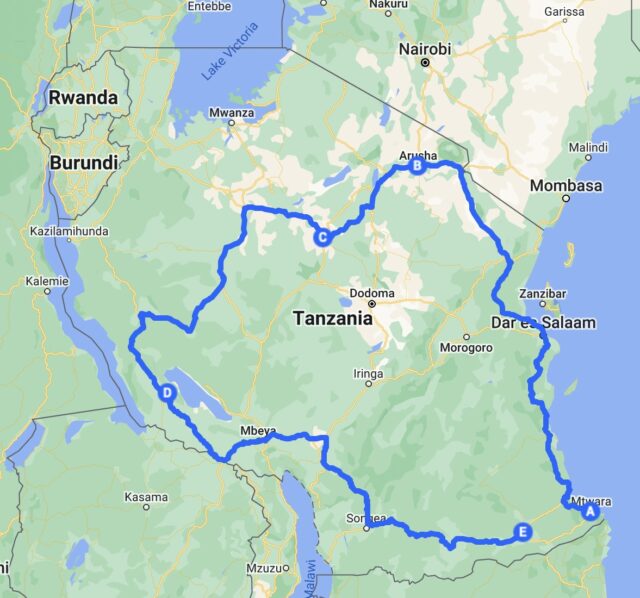
This reminds us of the need to align our systems with current developments in the innovation space. So let’s assess our current situation and learn from our past. We should learn to unlearn the destructive nature of our ego-driven decisions making patterns that have led us to where we are now.
It is not about the positions of power we hold now but rather our ability to adapt to a range of dynamics that will define our collective place in the future.
Let us centre our choices, decisions, and innovations around the vision of the future we see now. Like party manifestos, we need a clear image of a collective vision we all aspire to as we pursue the future we want.
AI revolution
Thanks to modern advances in Artificial Intelligence (AI), data science, and machine learning, we can time-travel from our history to the future and return to the present to make better decisions for the future we have seen but not lived.
Instead of having police stand at crossroads to override traffic light commands, we can train machines to use mobility data from mobile devices and visuals from CCTV cameras to optimise traffic movements on our transport infrastructure.
Using the same traffic data, we can predict infrastructural needs regarding population trends. The Tanzania Communications Regulatory Authority (TCRA) possesses a goldmine of data that, if put to proper and better use, we can start making a difference now.
Finally, as it takes a village to raise a child, it will take not just a city but the entire generation to unlearn and learn, try and fail, and slowly adapt to the new normal.
We must adjust our mindsets before we can adjust the systems.
All these will strongly depend on the political will of those in power. Good leaders will preach for a better future; great leaders will inspire everyone with the vision of a great future. But if the populace adapts, visions will materialise.
Michael Kamukulu is a data analytics and visualisation consultant based in Dar es Salaam. He’s available at kamukulumichael@gmail.com or on Twitter as @MKamukulu. These are the writer’s own opinions and do not necessarily reflect the viewpoints of The Chanzo. Do you want to publish in this space? Contact our editors at editor@thechanzo.com.
